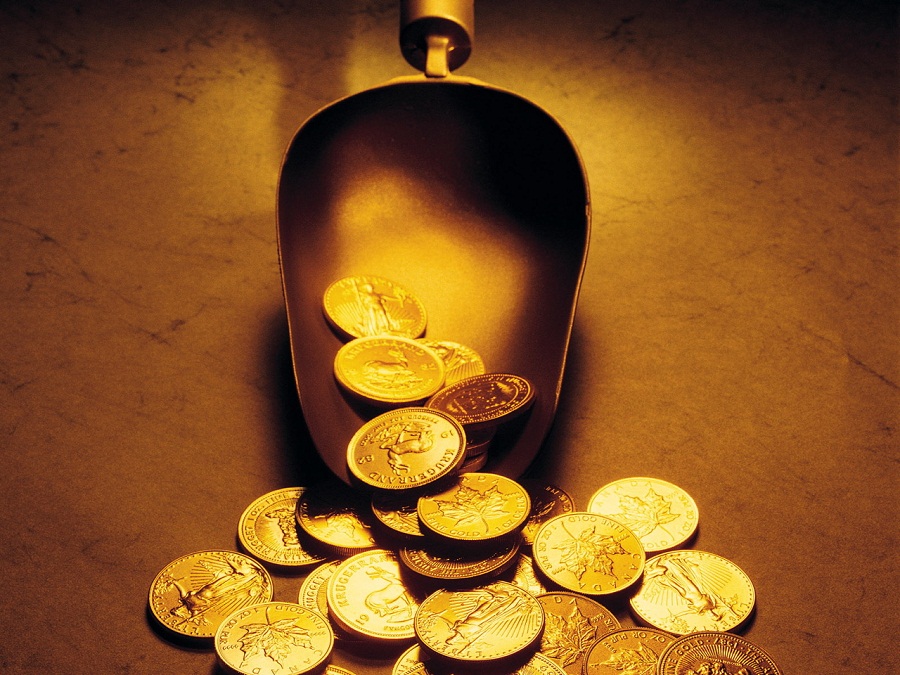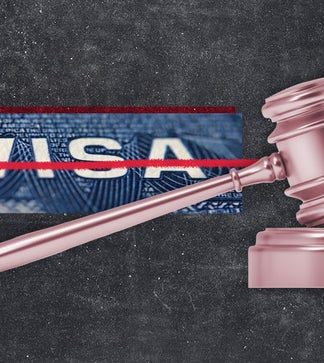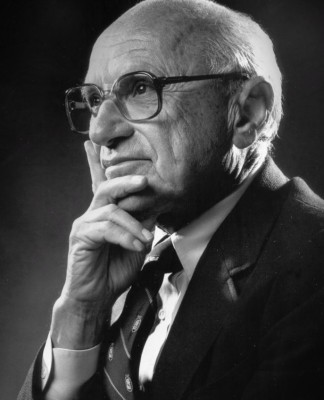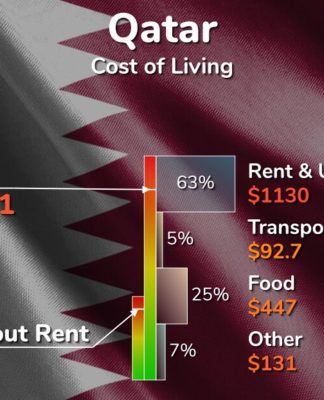Making Money With Alternative Investments: Coins
Diversification is reviled by many but nonetheless is a core investment principle. The old saw that there are old pilots and bold pilots, but no old bold pilots can be applied to traders.
The horizon of Gambler’s Ruin through over-betting and being undiversified has been the undoing of many.
So when we want to look away from stocks where should we look? Bonds, commodities, cash? These instruments don’t seem very appetizing at the moment.
How about alternative investments?
Alternative investments can be the best and worst of investments. Alternative investment is a zone where an offer of a piece of Brazilian jungle, carbon credits or funky real estate can lead investors astray.
However real and low market-correlated alternative assets are out there. This is a good place for disclosure. I am a numismatic advisor and collector. The latter activity led to the former role. I advise a London-based, listed coin fund called Avarae. It’s the only listed coin fund in existence as far as I know. So you can imagine I like collectible coins a lot.
Numismatic coins is an alternative investment asset and in my opinion the best of class. Coins have the following benefits:
Low correlation to other assets
Depending on whose numbers you use, numismatics has kept up a 7% annual compound rate of growth for as long as you care to look back. A coin that might have been $100 in the depression is now $20,000.
No asset can be completely free of correlation but the main correlation for numismatics is general “money supply,” with an underlying link with fear.
When the balloon went up in the credit crunch and people were pulling their cash from British banks, coin dealers were as busy as the vendors of safes.
Inflation hedge
Coins beat inflation, or at least the stated inflation. A Triple Unite from 1646 was worth about $10,000 to its original owner, it is now worth anywhere between $80,000 and $150,000. That’s about 3% compound above the rate of inflation over 368 years. That’s a solid record.
Meanwhile inflation is an increasingly mysterious number. How are you squaring the price of Starbucks rocketing while the CPI stays so low? Do your grocery bills, and their constant rise in price, match the stated inflation numbers? Most say, “no.” This is because hard assets are rocketing in price. This is counterbalanced by a mixture of “soft assets” deflation (through developing world manufacturing and technology), questionable statistics and agricultural subsidies. Look at basic things like food, energy and the price of education and it’s a different picture.
Meanwhile they are not making any more 1849 gold $20 pieces, so their price goes up with the “hard asset” inflation you see in things like real estate, haircuts, hotels and coffee.
High portability
Unlike dollar bills, little dogs aren’t trained to sniff out collectable coins. You can put a multimillion dollar collection in your pocket and go. This is not an exultation to be a fugitive without a warrant, it is merely pointing out a value add, because portability is a kind of liquidity and one often undervalued until it is too late. As they say in India: “it is not true wealth unless you can carry it.”
Some people think bullets are a great alternative investment and you can see their argument. Personally I prefer to avoid the shootout and have a plane ticket and a 1933 Double Eagle, although on reflection seeing how the Secret Service hunted that coin down for about 70 years, perhaps a few rapidly appreciating ‘Una and the Lion’ gold patterns might be a better idea.
A global market with auctions
Alternative investments tend to be illiquid. Coins tend to be illiquid too. However unlike cellars of wine, or Argentinean prairie land, not only is the asset easily transported but there are auctions around the world providing valuation, pricing time series and transparency for the buyer and seller. In a pinch you can sell quickly to a dealer, but the bid/offer on that isn’t great. However coins are for the patient investor and an auction is a solid venue for them.
Coins have a history as valuable assets going back to the Age of Rome
I have a nice Denarius of Augustus Caesar. It is actually not terribly valuable, worth little more than a few hundred dollars. Augustus was a coin collector himself, which is kind of Meta. As such, unlike a fistful of carbon credits or a funky derivative from your favourite vampire squid, coins have a track record of being desirable assets.
Known as the hobby of kings, coins have been collected by popes and emperors, and have been a pastime of the rich for centuries.
I’m all for emulating the rich, it’s a good bet they were on to something and they provide good demand in the resale market.
An invisible dividend of the pleasure of ownership
Most of us want money to buy stuff, to avoid pain and purchase pleasure. It’s a fine epicurean basis for endeavour.
It is hard to get any direct pleasure from a stock certificate, especially now they don’t print so many, and the ones they do print aren’t the fine artistic creations of the 19th century. To get pleasure from a stock or a bond, at least one that isn’t appreciating rapidly, you have to sell them, take the cash and buy whatever is tickling your fancy. The same is not true for collectibles like numismatics. There is a dividend in the pleasure of ownership.
How much? Well that’s going to be personal question, a coin collection could feel as good as a Harley to some or a crate of beer to another, but that is still value. For me it’s a small but real percentage. Pleasure costs money, sometimes a ton of it.
To conclude
Numismatics are not the only collectible with good investment and diversification attributes. There are stamps, banknotes and many more obscure and/or fascinating genres like film posters, toys, china and other art virtue.
The reason to collect however is still the same. If you put all your financial eggs in one investment basket your probability of catastrophic loss is concentrated. Collecting is a fine way to spread your investment risk.
So why not have some nice gold coins to cuddle; it is an investment that even Roman emperors with all their wealth and pleasures thought worthy of their time?
Article Source: http://EzineArticles.com/?expert=Clem_Chambers
Article Source: http://EzineArticles.com/8744717






























